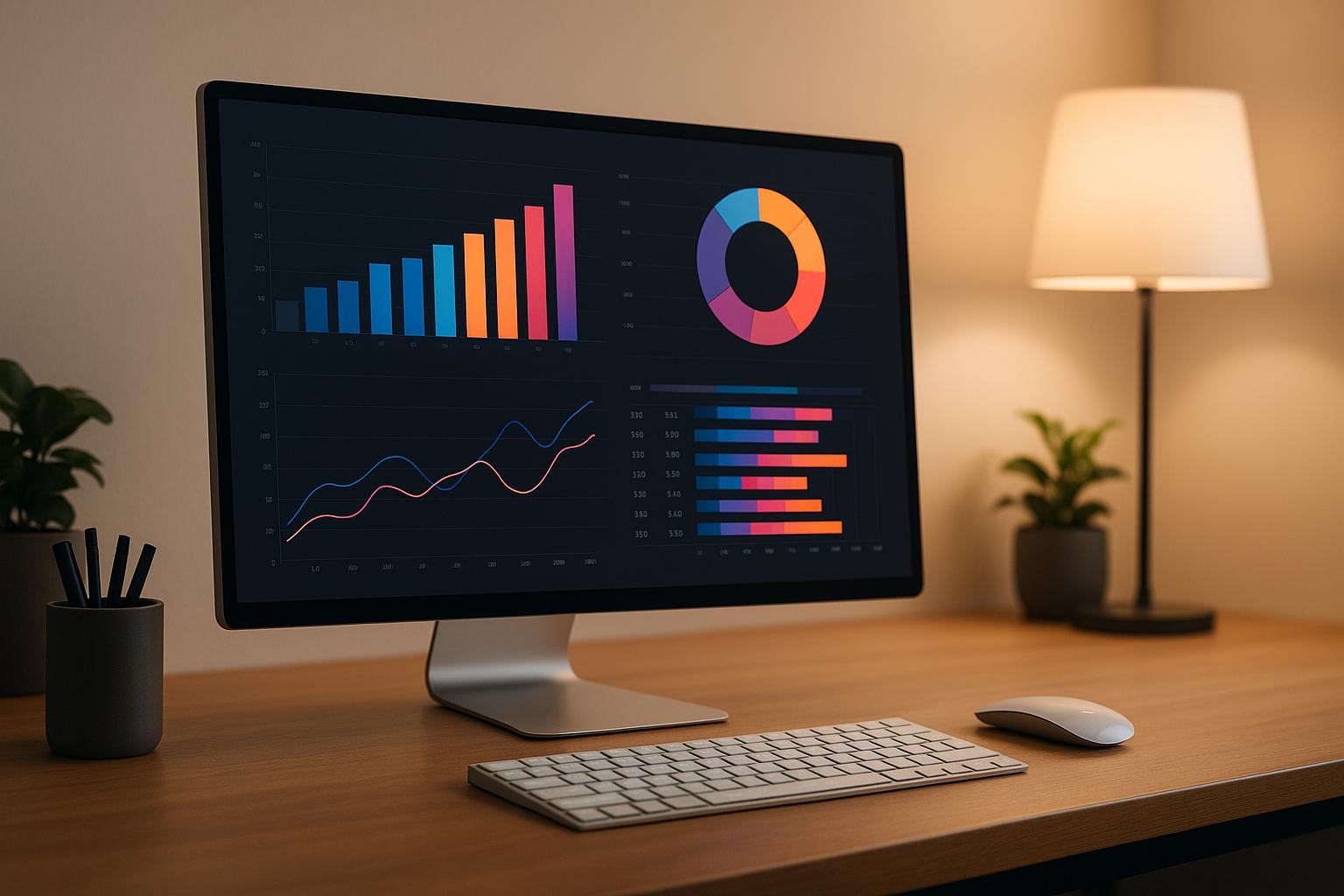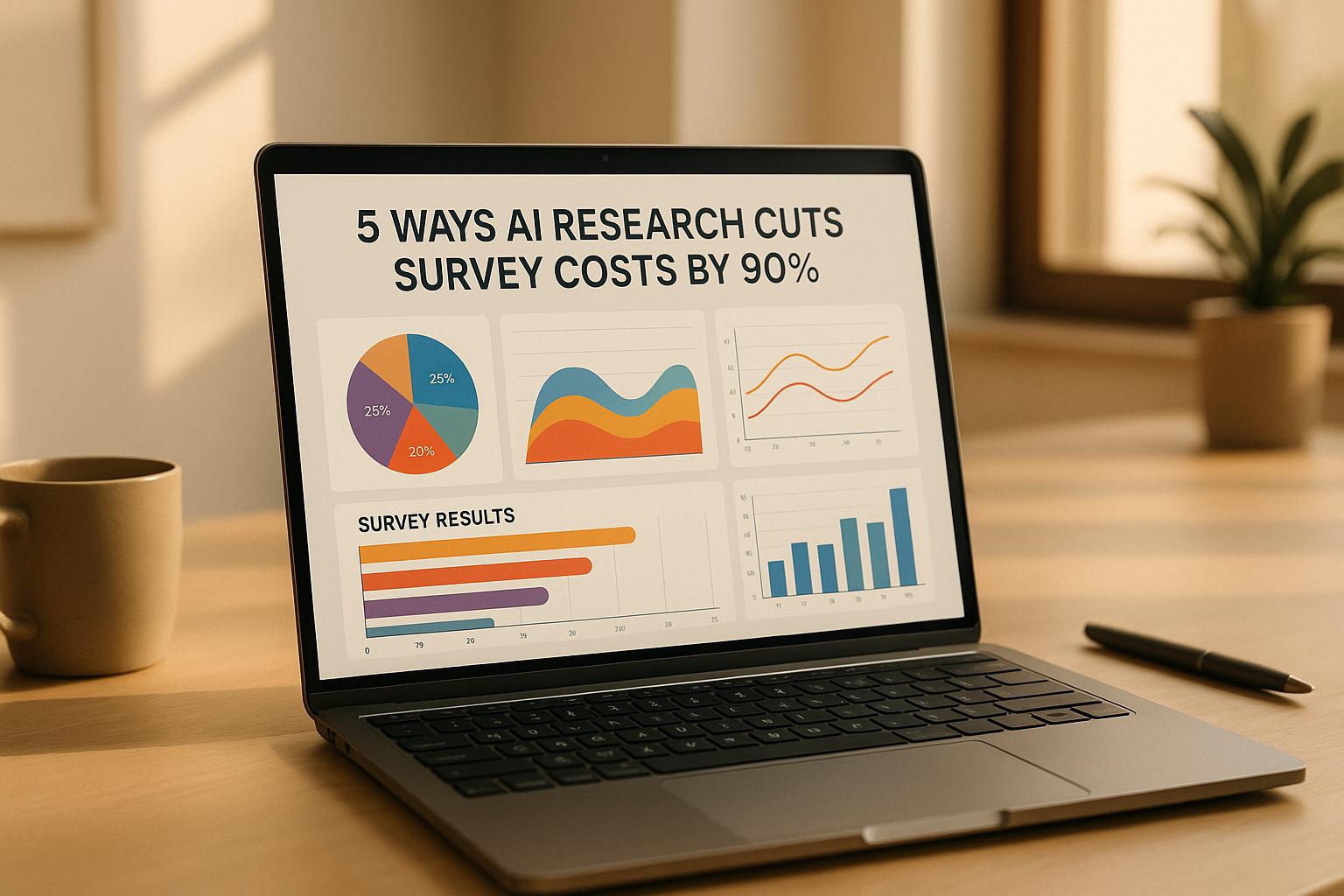Let’s be honest—waiting weeks for survey results, chasing down respondents, and spending thousands on data collection feels like a relic from another era. In a world where AI can generate lifelike personas and simulate market behavior in minutes, why are we still relying on slow, expensive traditional surveys?
If you’ve ever wished for faster insights, lower costs, and fewer headaches, synthetic marketing data might be exactly what you’re looking for. But is it too good to be true? Let’s break it down.
Synthetic marketing data offers a powerful alternative to traditional surveys—delivering rapid, cost-effective, privacy-safe insights that rival human responses. While it’s not perfect for every use case, it’s quickly becoming the go-to solution for marketers, researchers, and HR teams who need smarter data, faster.
What Is Synthetic Marketing Data?
Synthetic marketing data is generated by AI models trained on real-world behavior, demographics, and market signals. Instead of recruiting thousands of people to answer questions, you simulate their responses using synthetic personas—digital stand-ins that behave like real consumers.
These synthetic respondents aren’t random guesses. They’re built from massive datasets, behavioral patterns, and predictive modeling. The result? You get answers that mirror human logic, sentiment, and decision-making—without the cost, delay, or privacy risk of traditional surveys.
Traditional Surveys: The Gold Standard With Cracks
For decades, traditional surveys have been the backbone of market research. You recruit a sample, ask questions, and analyze the results. Sounds simple, right?
But here’s the catch:
- Recruitment is slow and expensive.
- Response rates are dropping.
- Bias creeps in through framing, fatigue, and self-reporting.
- Privacy concerns limit access to sensitive groups.
- And let’s not forget the cost—often thousands per wave.
Traditional surveys still have value, especially when measuring experiential factors like service quality, emotional reactions, or in-person interactions. Synthetic data can’t replicate how someone feels during a hotel stay or how they experience a customer service call. That’s a limitation worth noting.
But for behavioral insights, policy testing, product feedback, and sentiment tracking? Synthetic data is often faster, cheaper, and just as accurate.
Synthetic Data for Market Research: Speed Meets Scale
One of the biggest advantages of synthetic data is speed. You don’t need to wait weeks for responses. You can generate insights in under an hour.
Let’s say you want to test how Gen Z would respond to a new skincare ad. With synthetic data, you can simulate thousands of Gen Z personas, run the ad, and get feedback instantly. No recruitment. No incentives. No privacy risk.
This is especially useful for:
- A/B testing marketing messages
- Predicting consumer behavior
- Modeling reactions to policy changes
- Exploring niche or hard-to-reach groups
And because synthetic data is privacy-safe, you can explore sensitive topics—like healthcare, politics, or workplace dynamics—without risking exposure or compliance issues.
Synthetic Data vs. Real Surveys: Accuracy and Bias
Here’s the million-dollar question: Is synthetic data accurate? How does it compare to real surveys?
Short answer: Yes, for most use cases.
Long answer: It depends on what you’re measuring.
Synthetic respondents are trained to reflect real-world behavior. They’re not just parroting data—they’re emulating logic, sentiment, and decision-making. In blind tests, synthetic responses often match or outperform real survey data in terms of consistency and predictive power.
But there are limits. Synthetic data can’t capture experiential nuance—how someone feels during a live event, how they interpret tone, or how they react to a physical product. It’s also less effective for measuring service quality, where human emotion and context play a bigger role.
That said, for structured questions, behavioral modeling, and sentiment analysis, synthetic data is remarkably accurate—and far less prone to bias than fatigued or incentivized human respondents.
Synthetic Respondents for HR and Employee Research
HR teams are increasingly turning to synthetic data to understand employee sentiment, test policy changes, and model workplace dynamics.
Why? Because real employee surveys are slow, expensive, and often biased. People may not feel safe sharing honest feedback, especially on sensitive topics like burnout, leadership, or DEI.
Synthetic respondents solve this by simulating employee reactions based on role, tenure, industry, and behavioral patterns. You can test a new PTO policy, explore reactions to hybrid work, or model engagement levels—without risking backlash or breaching confidentiality.
It’s not perfect for measuring team chemistry or manager relationships, but for policy testing and sentiment tracking, it’s a game-changer.
Synthetic Data for Consumer Insights in Minutes
Imagine launching a new product and getting instant feedback from thousands of simulated consumers. That’s the promise of synthetic data.
You can test:
- Product-market fit
- Pricing sensitivity
- Brand perception
- Ad effectiveness
- Purchase intent
And you can do it across demographics, regions, and psychographic profiles—without ever sending a survey.
This is especially powerful for startups, agencies, and brands that need fast, affordable insights to guide decisions. No more waiting. No more guesswork.
Cost Comparison: Synthetic Data vs. Traditional Surveys
Let’s talk numbers.
A traditional survey with 1,000 respondents might cost $40,000–$75,000 and take weeks. You’ll pay for recruitment, incentives, platform fees, and analysis.
Synthetic data?
You can simulate 10,000 respondents in under an hour for a fraction of the cost—often 90% cheaper. No incentives. No recruitment. No delays.
That’s not just a savings—it’s a strategic advantage. You can test more ideas, iterate faster, and make decisions with confidence.
Limitations of Synthetic Marketing Data
Let’s be clear: Synthetic data isn’t magic. It has limits.
It can’t measure:
- Service quality
- Experiential reactions
- Emotional nuance in live settings
- Physical product interactions
- Relationship dynamics
If you’re testing a hotel experience, a live concert, or a customer service call, traditional surveys still matter. Human emotion and context are hard to simulate.
But for structured questions, behavioral modeling, and predictive insights? Synthetic data is often faster, cheaper, and just as smart.
Which Delivers Faster, Cheaper, Smarter Insights?
Final verdict:
Synthetic marketing data is the future of research. It’s fast, affordable, privacy-safe, and surprisingly accurate. While traditional surveys still have a role—especially for experiential and emotional measurement—synthetic data is quickly becoming the go-to tool for marketers, researchers, and HR teams.
If you’re tired of waiting, spending, and guessing, it’s time to explore synthetic data. The insights are real. The speed is unmatched. And the possibilities are endless.
About Syntellia
Syntellia is pioneering the future of research with synthetic respondents—AI-generated personas that deliver fast, privacy-safe, and cost-effective insights. Whether you're testing a new product, modeling employee sentiment, or exploring hard-to-reach populations, Syntellia helps you simulate real-world reactions in minutes. No recruitment. No bias. No waiting.
Our platform empowers marketers, HR teams, and policy researchers to move faster, ask smarter questions, and make confident decisions—without compromising privacy or precision. Learn more at syntellia.io.


